Keeping your system’s audio drivers up-to-date is essential for optimal sound performance, whether you're gaming, streaming, or using professional audio tools. In this guide, we’ll walk through the best methods to update sound driver, resolve sound issues, and improve system stability on both Windows 10 and Windows 11.
Why You Should Update Your Sound Driver
An outdated or corrupted sound driver can lead to a variety of problems including:
No audio output
Audio crackling or distortion
Missing sound enhancements
Software or hardware conflicts
Updating your sound driver ensures compatibility with the latest Windows updates, offers performance improvements, and fixes known bugs.
Method 1: Update Sound Driver via Device Manager
One of the most direct methods to update sound driver in Windows 10 or 11 is through the built-in Device Manager.
Steps to Follow:
Right-click on the Start menu and select Device Manager.
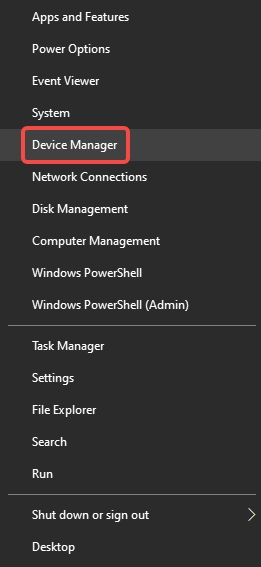
Expand the category called Sound, video and game controllers.
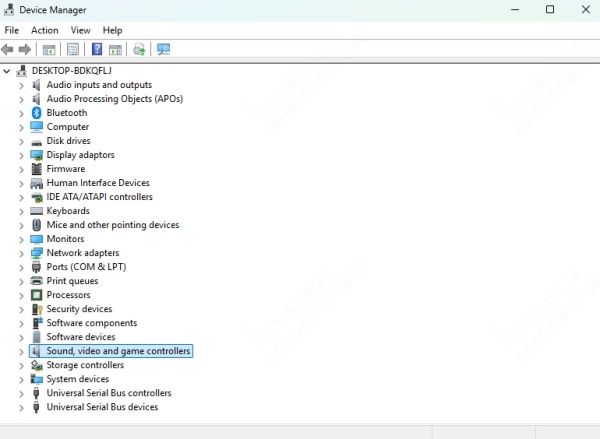
Locate your sound device (e.g., Realtek High Definition Audio).
Right-click on it and choose Update driver.
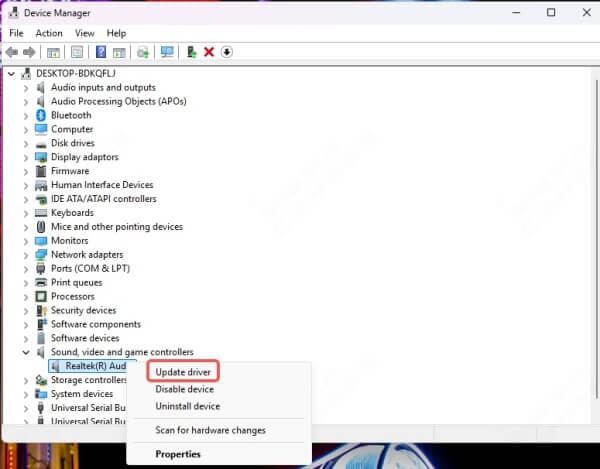
Select Search automatically for updated driver software.
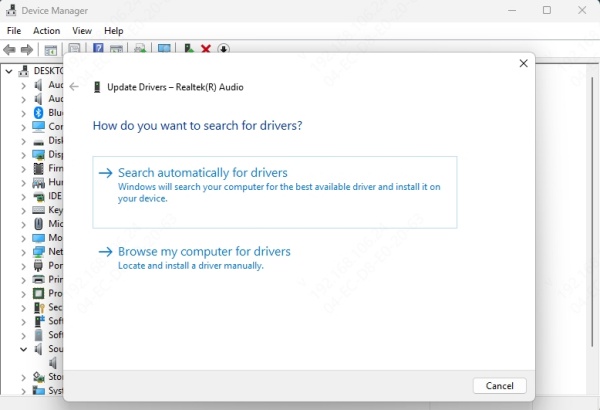
Windows will look for the latest driver and install it if found.
Restart your PC to apply the changes.
Note: This method relies on Microsoft’s database and may not always fetch the latest version.
Method 2: Update Sound Driver Using Driver Talent X
For a more powerful and automated approach, we recommend using Driver Talent X, a professional driver update tool that quickly identifies and installs the most recent drivers.
Key Features of Driver Talent X:
One-click driver update
Supports all major audio drivers including Realtek, Conexant, VIA, and Intel
Backs up old drivers before installation
Automatically detects driver issues
Compatible with Windows 10 and 11
How to Use Driver Talent X:
Download and install Driver Talent from the official website.

Launch the software and click on Scan.
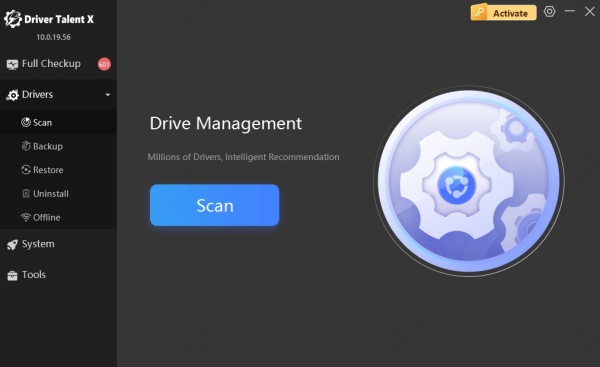
The program will detect outdated, missing, or corrupted sound drivers.
Click Upgrade next to the audio driver.
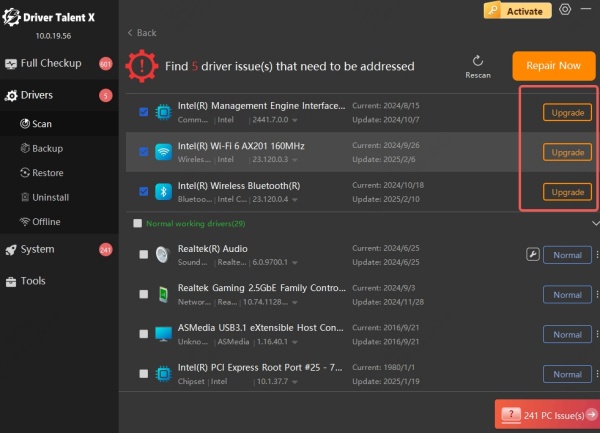
Reboot your PC after installation is complete.
This method is especially useful if you experience persistent audio issues, or if Windows fails to find a working driver.
Method 3: Update Sound Driver via Manufacturer’s Website
If you know your audio device manufacturer, you can download the latest drivers manually from their support site.
Common Manufacturers:
Realtek: https://www.realtek.com/en/downloads
Intel: https://www.intel.com
NVIDIA (for HDMI audio): https://www.nvidia.com
AMD: https://www.amd.com
Steps:
Identify your sound card model (use Device Manager or third-party tools).
Visit the manufacturer’s website.
Find the latest driver compatible with your Windows version.
Download and run the setup file.
Follow the on-screen instructions to complete installation.
Restart your PC.
Tip: Always ensure you download the driver for the exact version (Windows 10 or Windows 11) and system architecture (32-bit or 64-bit).
Method 4: Update Sound Driver via Windows Update
Microsoft occasionally includes driver updates in its Windows Update service.
How to Check for Driver Updates:
Go to Settings > Update & Security > Windows Update.
Click Check for updates.
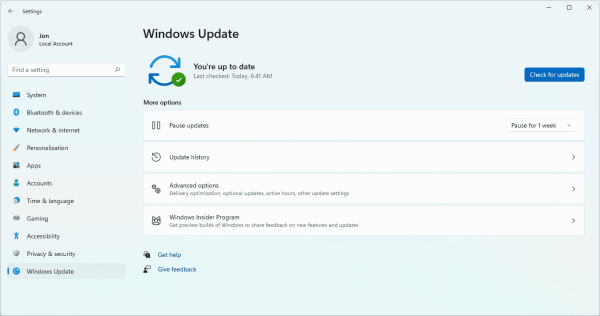
If a sound driver is available, it will be listed under Optional updates.
Click on View optional updates and install the audio driver listed there.
Restart your PC.
While this method is simple, it's slower and might not offer the most up-to-date drivers available from the manufacturer.
Common Audio Drivers and Their Functions
Knowing your driver helps ensure you're downloading the correct version:
| Driver Name | Function |
| Realtek High Definition | Standard driver for most PCs and laptops |
| Conexant SmartAudio | Common in Lenovo and HP laptops |
| VIA HD Audio | Found in older or budget motherboards |
| Intel Display Audio | For HDMI and DisplayPort audio output through Intel GPUs |
| NVIDIA High Definition Audio | Delivers audio through NVIDIA GPU HDMI or DisplayPort outputs |
Conclusion
Keeping your sound driver updated is critical for ensuring smooth, high-quality audio performance on Windows 10 and Windows 11. Whether you use Device Manager, Windows Update, or a powerful utility like Driver Talent X, taking the time to maintain your drivers can prevent sound issues and optimize your system’s performance.
Get Driver Talent X Free Trial Now!
